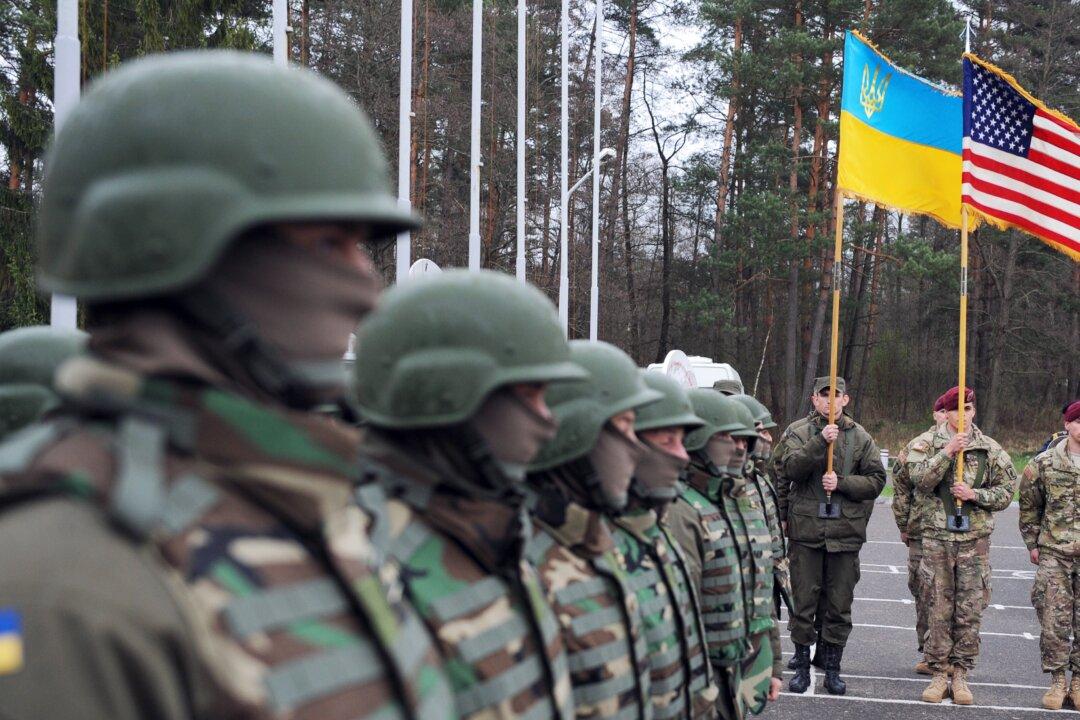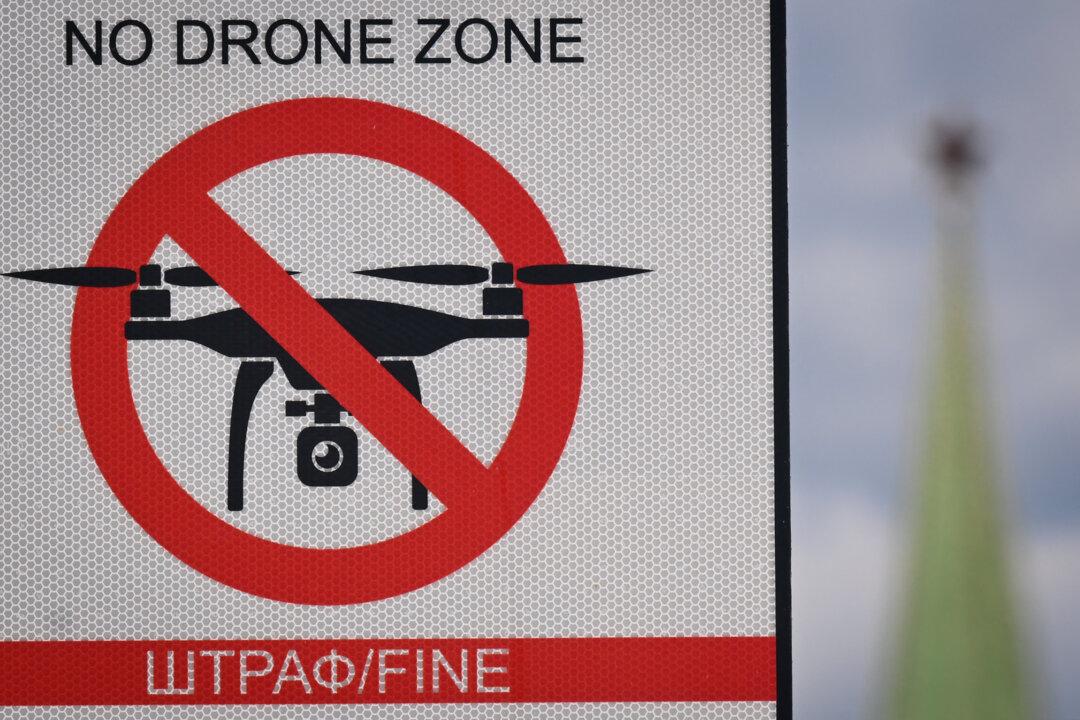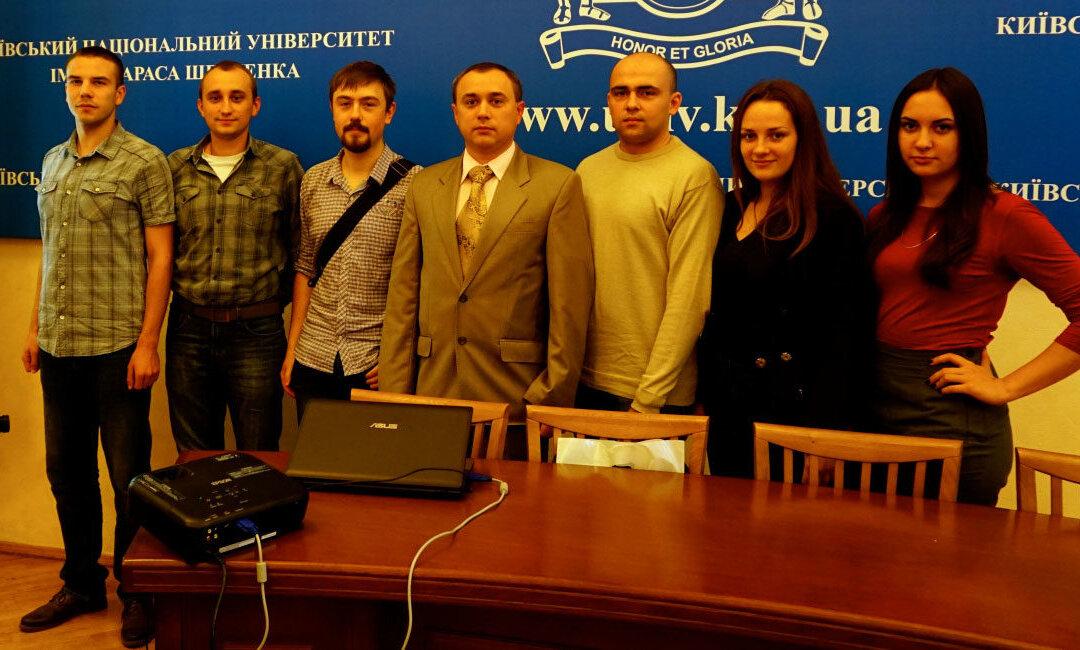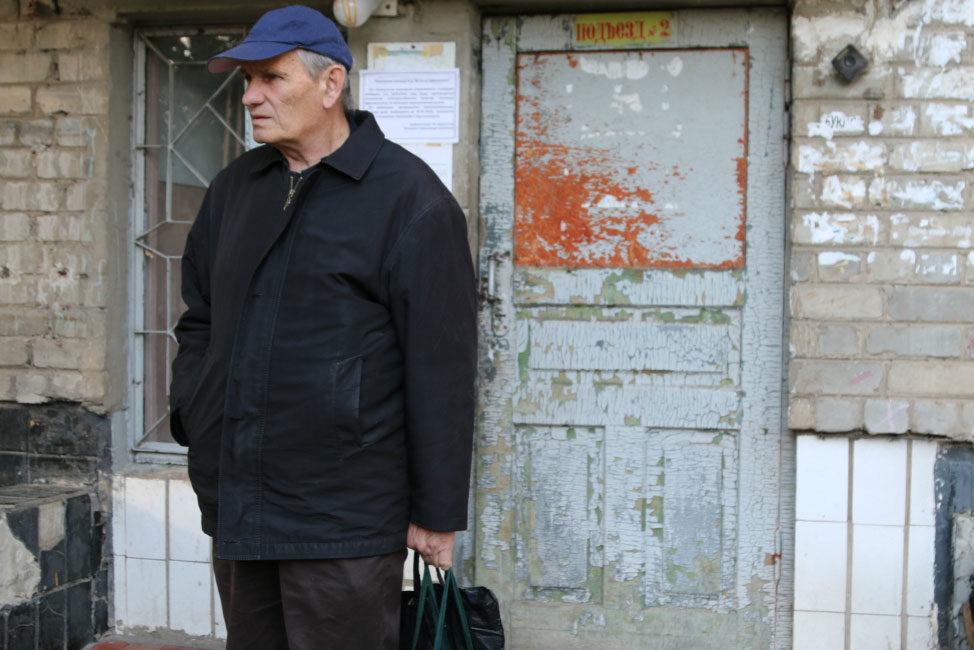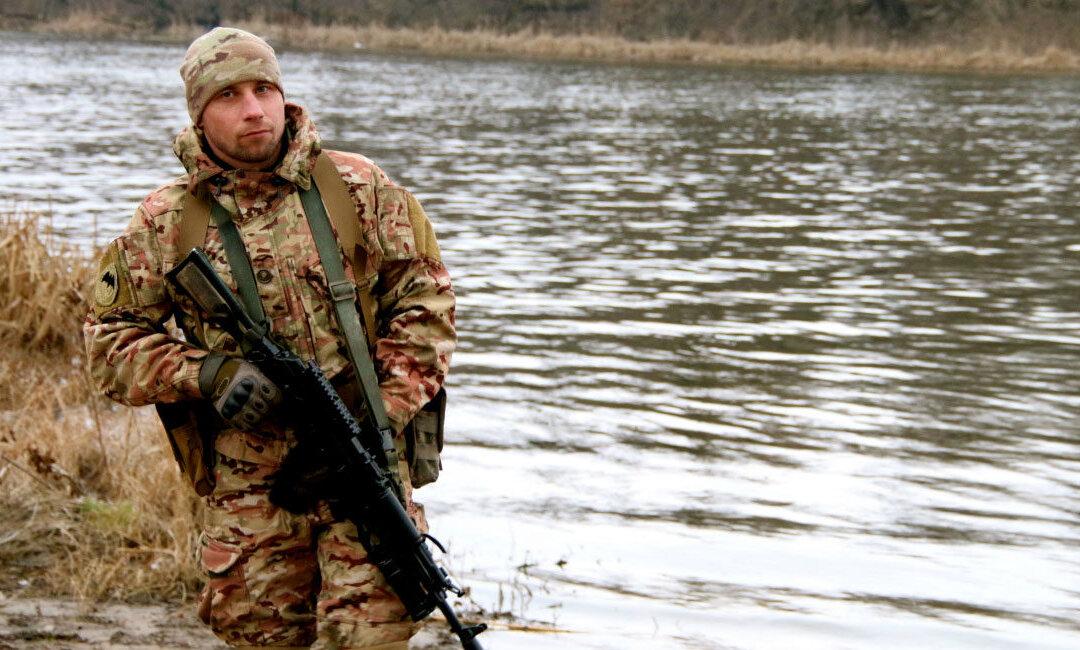KYIV, Ukraine—There’s a saying in Ukraine about the four stages of being poor. It goes like this: First, you don’t have any hryvnias (the Ukrainian currency). Second, you don’t have any food. Third, you don’t have any dollars. And finally, you don’t have your $2 bill.
For Ukrainians, dollars are a precious and jealously guarded rainy-day commodity. And for whatever reason, when the United States reintroduced the $2 bill in 1976, notes dated from that year became a popular good luck charm. Many Ukrainians still keep a $2 bill from 1976 in their wallet, with no intention of ever spending it.
But starting in 2014, as Ukraine’s currency fluctuated wildly against the dollar in the wake of revolution and amid a war against Russian-backed separatists, bank tellers reported a trend: Many Ukrainians were exchanging their $2 bills.

